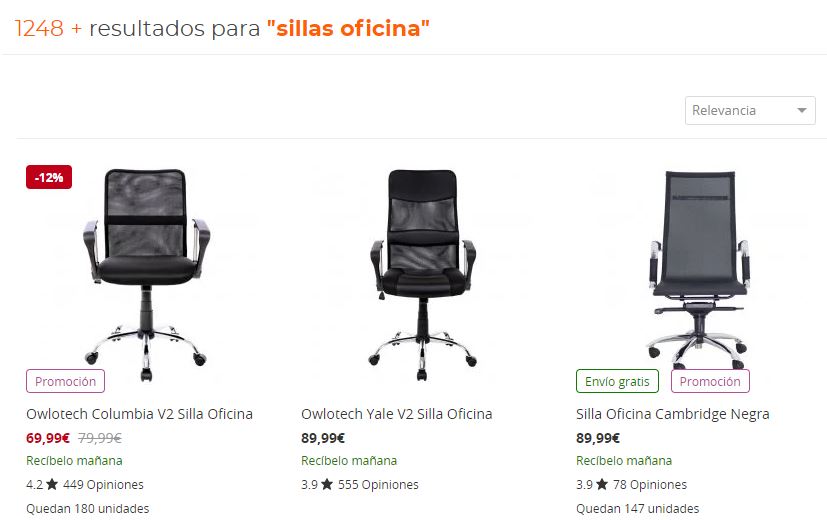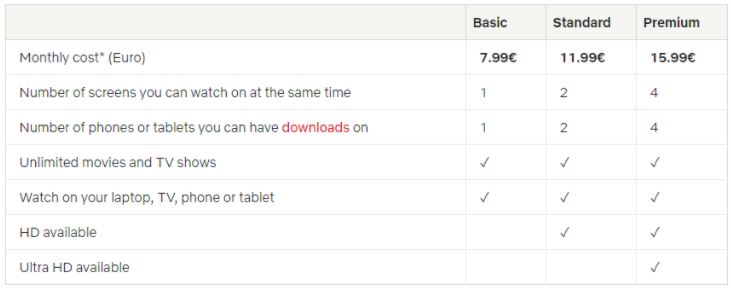User experience (UX) and SEO are closely related. The page experience is one of the indicators that Google takes into account when generating your search results. Despite UX and SEO being two different disciplines, more and more of both types of work are done in tandem, to ensure that organic visits translate into conversions.
From the SEO point of view, good user experience work has several positive points such as:
- More time spent on page
- Lower bounce rate
- Higher number of pages per session
These three aspects are an indication to Google that the website has fulfilled the user’s search intent and works properly from both a UX and a CRO perspective.
First, a little bit of theory
The human brain likes to avoid stress and, although we are not always aware, making decisions is a stressful situation. Working memory can only process a limited amount of information at one same time. When you overload with too much information at once, it negatively impacts learning. Thus, a high cognitive burden overwhelms the individual and he or she is more likely not to finish the task at hand.
This is what John Sweller’s cognitive load theory preaches. Applied to the digital world, it is fundamental to reduce mental effort for users visiting a website, so that they do not have an excessive cognitive load (which will likely lead them to leave the website in question).
Hick’s Law (not without some exceptions) says something similar: time spent making a decision will increase according to the number of options available to the decision-maker and their complexity.
How then to reduce mental effort? It is key present all the actions that a person can carry out within a website in the simplest way possible: a concise form, a comparison table of products to summarize their characteristics, an internal shortcut search engine instead of navigating page by page, access through a simple registration process… These elements drastically reduce the dropout rate on a website if they are accompanied by correlation with the search intent that motivated the visit in the first place.
UX Aspects
User experience is not limited to a single aspect within a website. In fact, it looks a lot like SEO in that it is related to improvements in:
- Content
- Usability and accessibility
- Web speed
- Design
- Web architecture
In fact, some of these aspects are so intertwined with website optimisation that Google explicitly mentions them as ranking factors. Such is the case with speed metrics and Core Web Vitals: “In cases where there are multiple pages with similar content, the page experience becomes much more important for search visibility.”
Some tips for good UX (which also benefit SEO):
Here are some usability ideas that, along with good content (text, images, videos, podcasts, etc.), can help improve positions in Google’s natural results:
- Avoid megamenus: they give a lot of information at once for the user and too many non-priority links that have to be tracked by bots.
- Divide products or services into categories: facilitates access to information wherever there is a logical order (where do users expect to find a product or service?). The same goes for Google when it wants to know the content of a website.
- Show the number of results: this gives the user an idea of the volume of information to be analysed and, if it is a lot, they should have the option to filter it (sort by price, relevance, make a more specific search, etc.).

Number of results from the internal search in PC Componentes.
- Offer product comparisons: this assists with decision making, providing a quick overview of the points to consider as well as the primary differences between products at a glance.

Comparison of prices and features of Netflix plans.
- Respect usability rules: for example, button sizes. Google also highlights this:

Mobile usability errors in Google Search Console.
- Take advantage of patterns: users prefer what works well just as much as what they already are familiar with. This is one of the 10 usability principles described by Nielsen, one of the world’s foremost UX personalities.
This means it is important to remember this simple truth: websites must be designed for users, not for bots. Taking care of both appearance and content, as well as proper function, will not only keep users happy and reflect better on your brand, but Google will also reward you for your efforts in its ranking.
For more information, check out:
More posts about: Increase online sales







